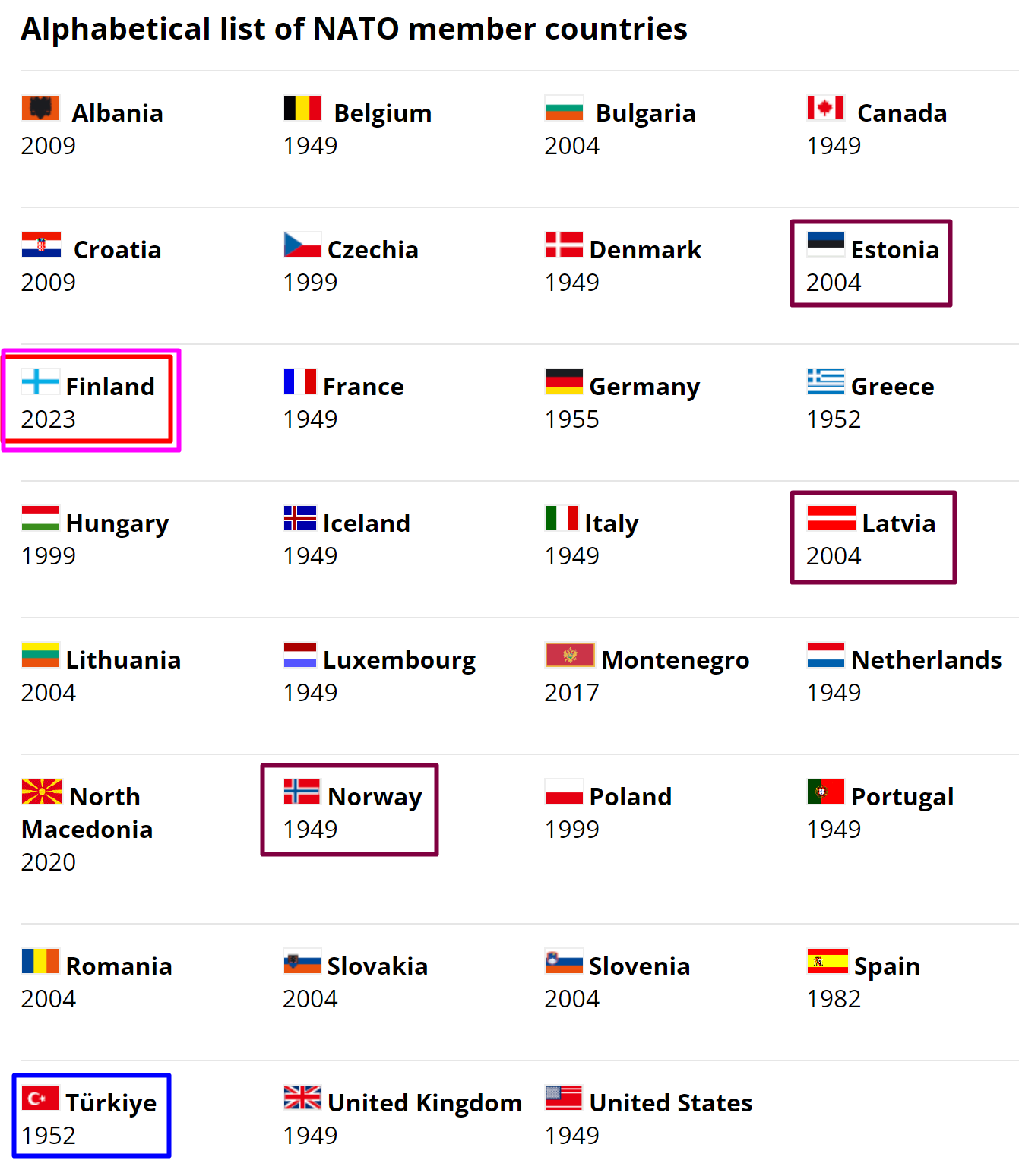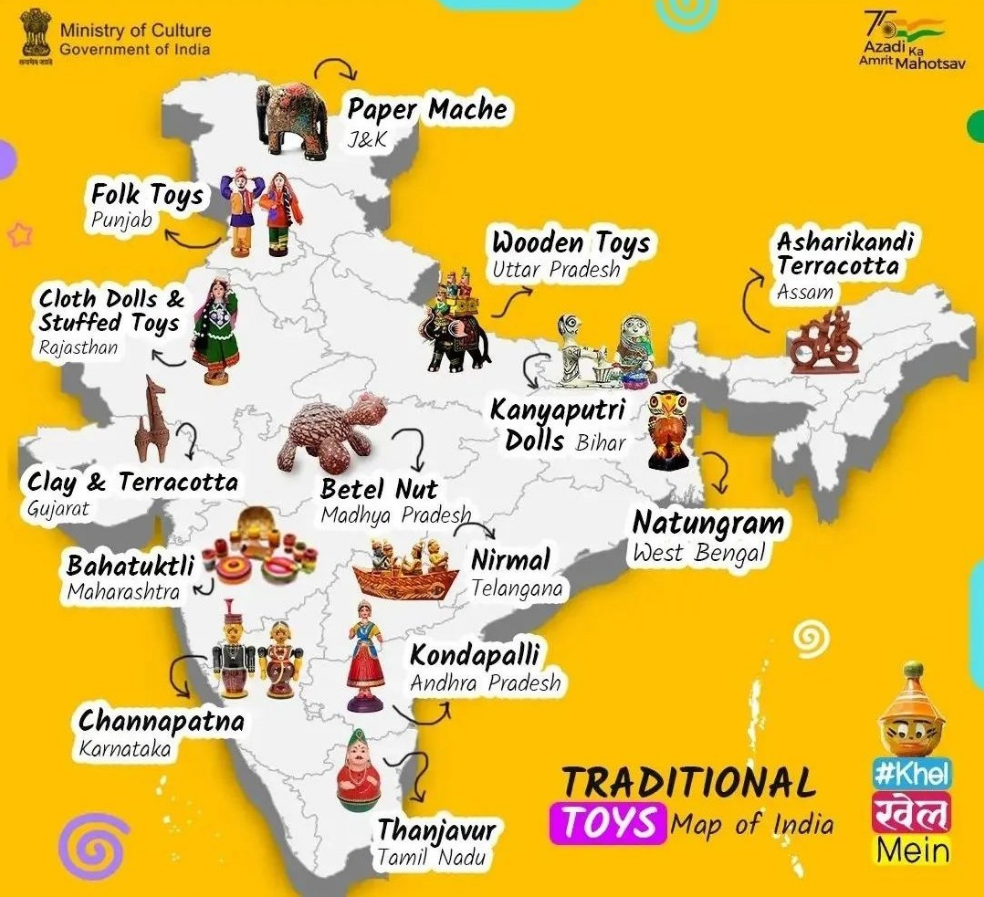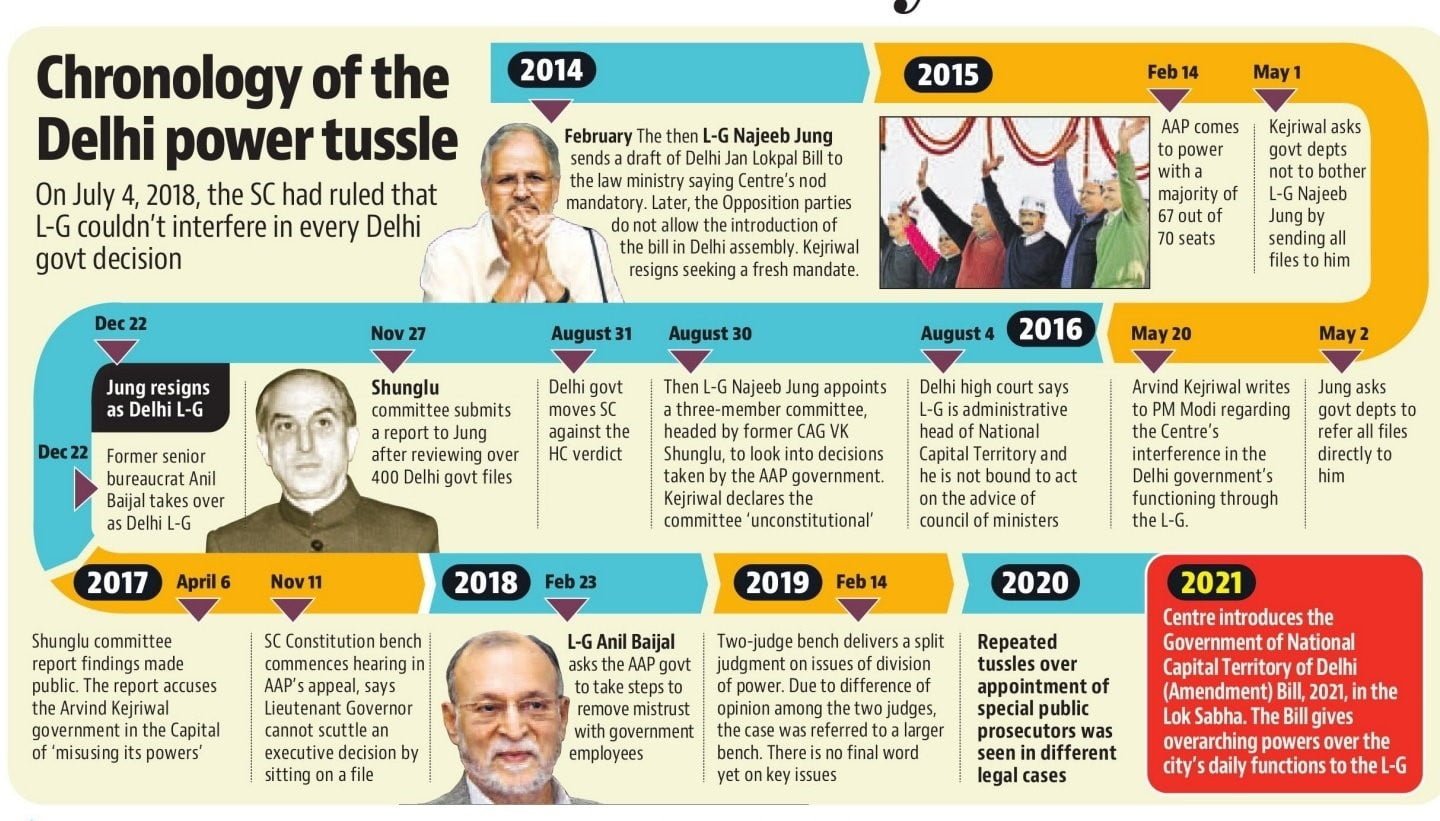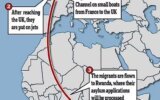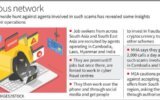
Internationalisation of Rupee
Subscribe to Never Miss an Important Update! Assured Discounts on New Products!
Must Join PMF IAS Telegram Channel & PMF IAS History Telegram Channel
Internationalisation of Rupee
- Context (IE): RBI appointed a working group to enhance the global acceptance of the rupee.
Major Findings of the Working Group
Rupee has the potential to become an internationalised currency
- India has shown remarkable resilience despite significant headwinds globally.
- Higher usage of the rupee in international trade and capital account transactions will give the domestic current a progressively international presence.
Rupee as a designated foreign currency
- The recent official inclusion of the rupee as a designated foreign currency by Sri Lanka signifies a positive development for the gradual internationalisation of India’s domestic currency.
- India also has upheld long-standing currency agreements with Bhutan and Nepal that involve the utilisation of the rupee.
Recommendations provided by the working group
Short-term measures
- Allow non-residents to open rupee accounts. The ability to open accounts outside the country of the currency is a foundational element of the internationalisation of a currency
- Step up measures for including Indian Government Bonds (IGBs) in global bond indices.
- Rationalize the FPI regime to facilitate foreign investments into the Indian debt markets (both government and corporate).
Medium-term measures
- Review withholding tax for masala bonds issuances.
- Expand the Real Time Gross Settlement (RTGS) system for settling international transactions.
- Include the rupee in the Continuous Linked Settlement (CLS) system.
Long-term measures
- Include the rupee in the Special Drawing Rights (SDR) basket.
- Use bilateral and multilateral payment and settlement mechanisms, such as Asian Clearing Union (ACU), to internationalise the rupee.
Masala Bonds
Continuous Linked Settlement (CLS) system
Special Drawing Rights (SDR)
|




![PMF IAS Environment for UPSC 2022-23 [paperback] PMF IAS [Nov 30, 2021]…](https://pmfias.b-cdn.net/wp-content/uploads/2024/04/pmfiasenvironmentforupsc2022-23paperbackpmfiasnov302021.jpg)


